The Banking Credit Analytic Market is currently characterized by a dynamic competitive landscape, driven by technological advancements and an increasing demand for data-driven decision-making. Key players such as FICO (US), Experian (GB), and Equifax (US) are at the forefront, each adopting distinct strategies to enhance their market positioning. FICO (US) emphasizes innovation in artificial intelligence and machine learning to refine credit scoring models, thereby improving predictive accuracy. Meanwhile, Experian (GB) focuses on expanding its global footprint through strategic partnerships, enhancing its data analytics capabilities. Equifax (US), on the other hand, is concentrating on digital transformation initiatives, aiming to streamline its operations and improve customer engagement through advanced analytics solutions. Collectively, these strategies contribute to a competitive environment that is increasingly reliant on technological prowess and data integration.
In terms of business tactics, companies are increasingly localizing their operations to better serve regional markets, which appears to be a response to the growing demand for tailored credit solutions. The market structure is moderately fragmented, with several players vying for market share, yet the influence of major companies remains substantial. This competitive structure allows for a diverse range of offerings, catering to various customer needs while fostering innovation across the sector.
In August 2025, FICO (US) announced a partnership with a leading fintech firm to develop a new credit scoring model that incorporates alternative data sources. This strategic move is likely to enhance FICO's competitive edge by providing more comprehensive insights into consumer creditworthiness, thereby addressing the needs of underserved populations. The integration of alternative data could potentially reshape credit assessment methodologies, making them more inclusive and reflective of actual consumer behavior.
In September 2025, Experian (GB) launched a new suite of analytics tools designed to assist lenders in making more informed credit decisions. This initiative underscores Experian's commitment to leveraging technology to enhance customer experience and operational efficiency. By providing advanced analytics capabilities, Experian positions itself as a leader in the market, enabling clients to navigate the complexities of credit risk management more effectively.
In October 2025, Equifax (US) unveiled a new digital platform aimed at improving the user experience for both consumers and lenders. This platform integrates various data sources to provide real-time insights into credit profiles, which is expected to streamline the lending process. The launch reflects Equifax's strategic focus on digital transformation and its intent to remain competitive in an increasingly digital marketplace.
As of October 2025, the Banking Credit Analytic Market is witnessing significant trends such as the integration of artificial intelligence, a heightened focus on sustainability, and the ongoing digitalization of services. Strategic alliances among key players are shaping the competitive landscape, fostering innovation and enhancing service delivery. Looking ahead, it appears that competitive differentiation will increasingly hinge on technological innovation and supply chain reliability, rather than solely on price. This shift suggests a future where companies that prioritize innovation and customer-centric solutions will likely emerge as leaders in the market.


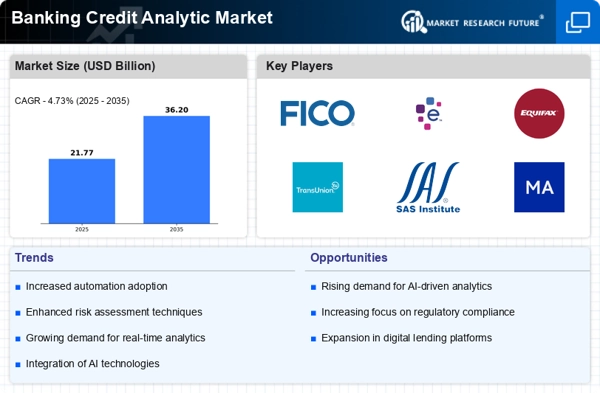
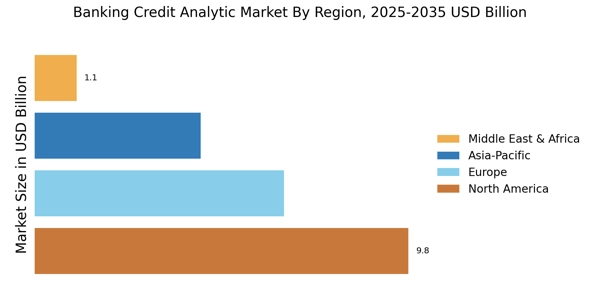
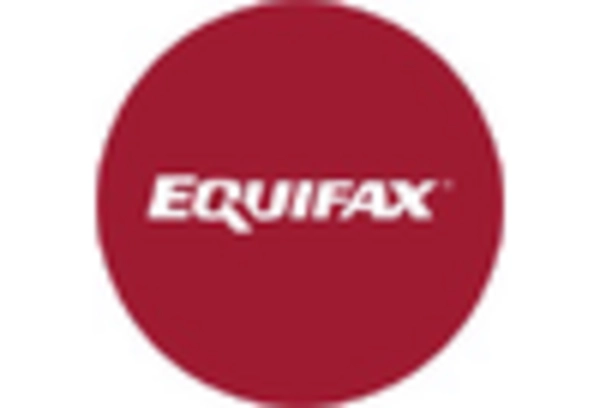
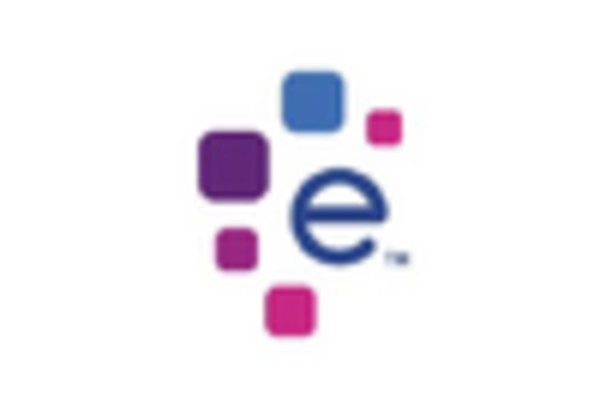
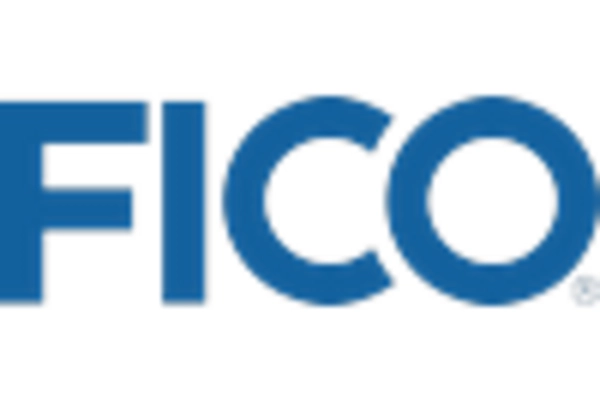

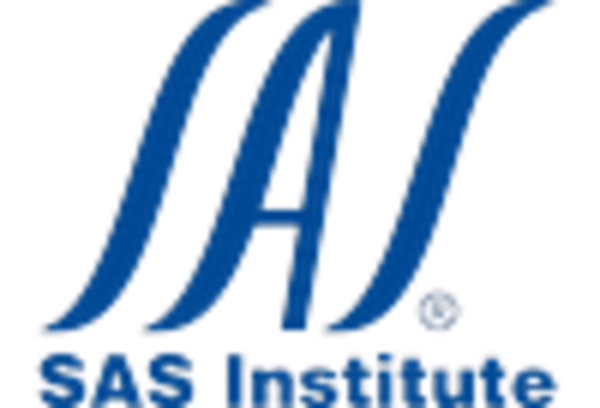
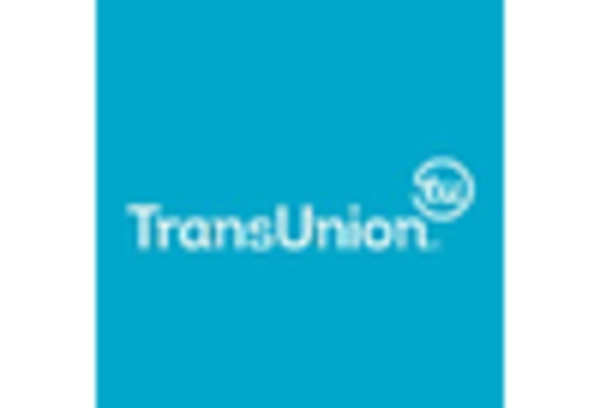








Leave a Comment